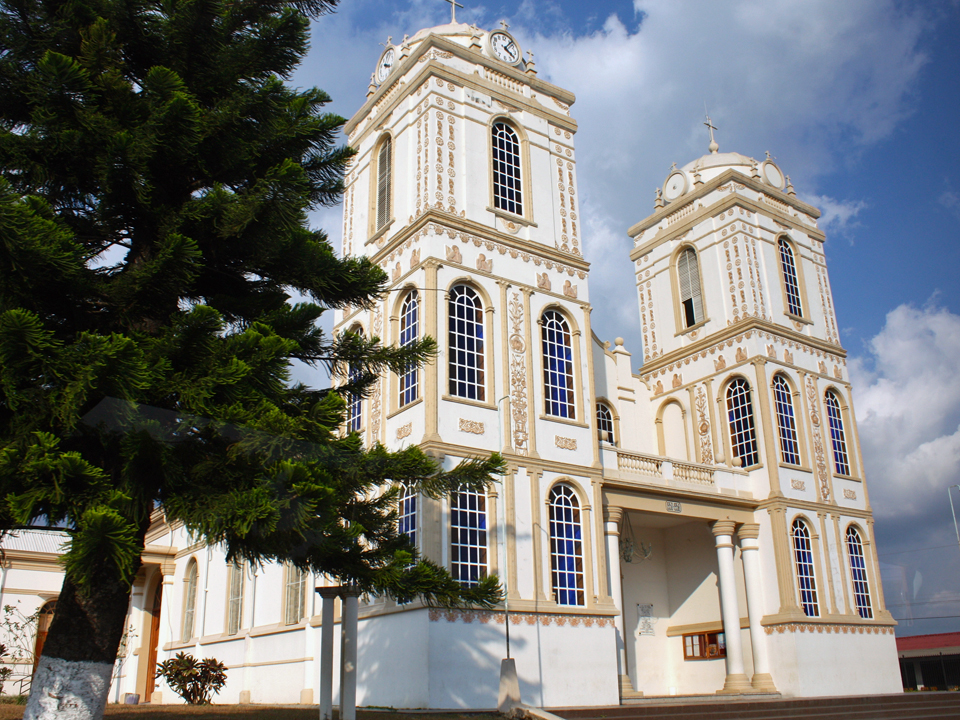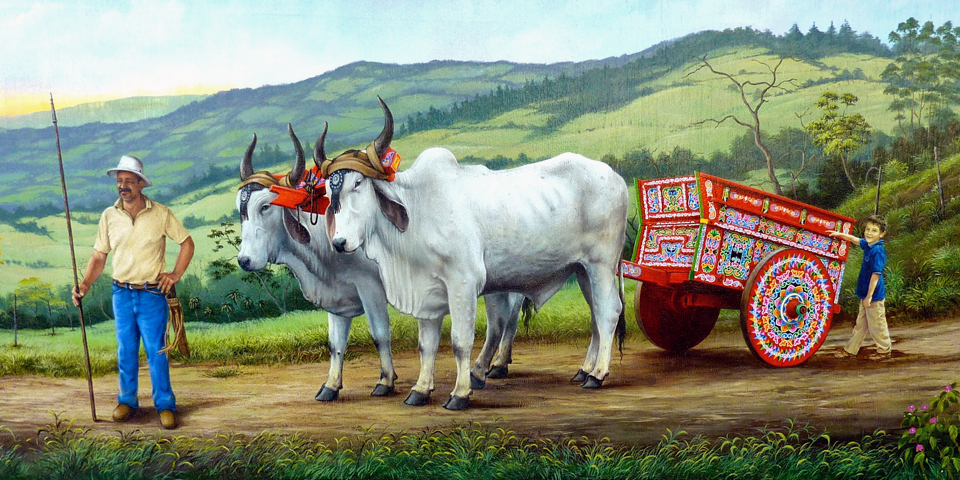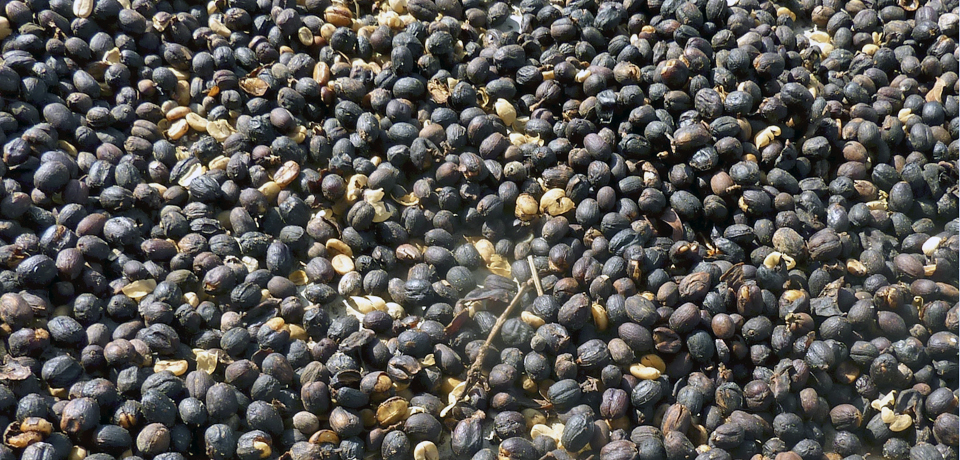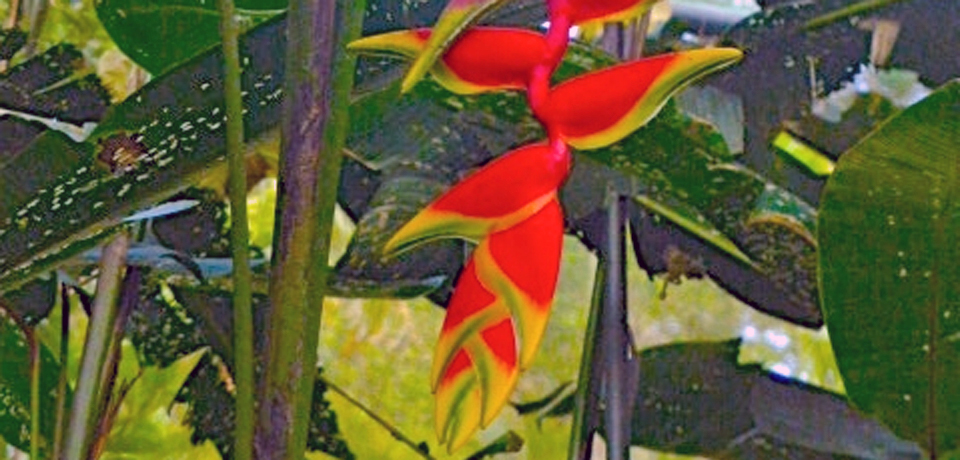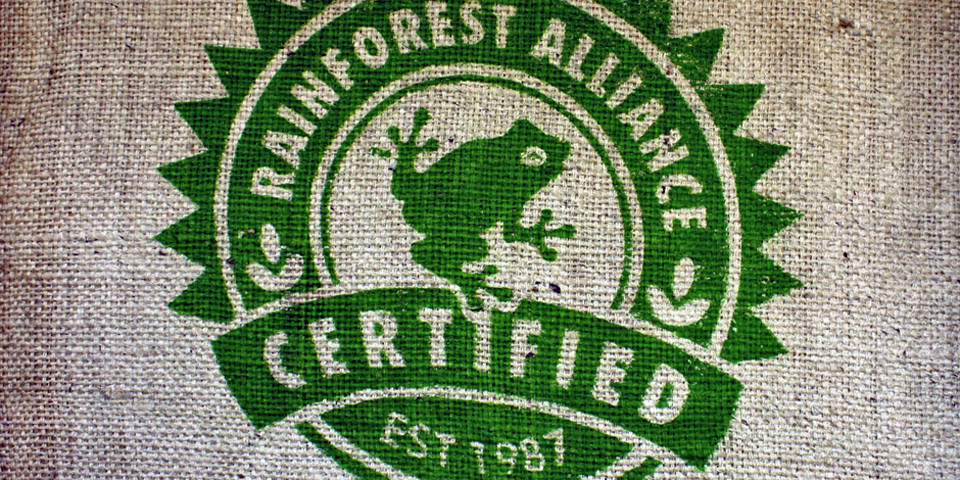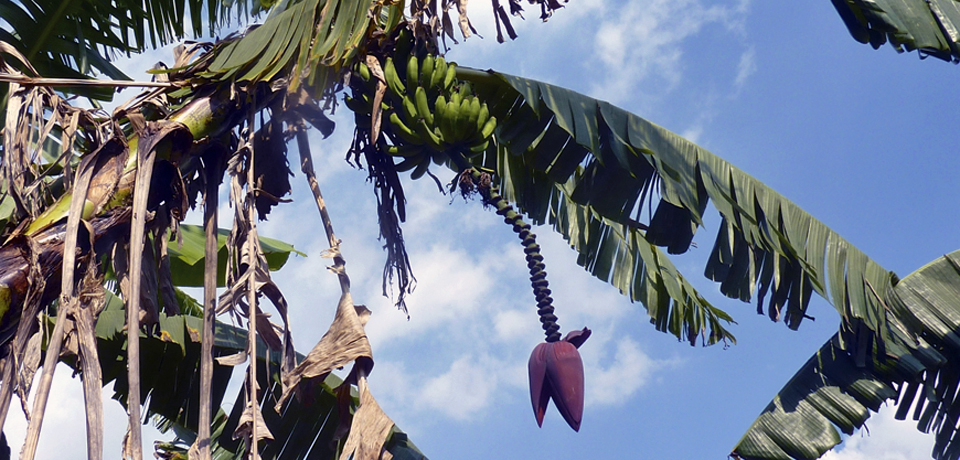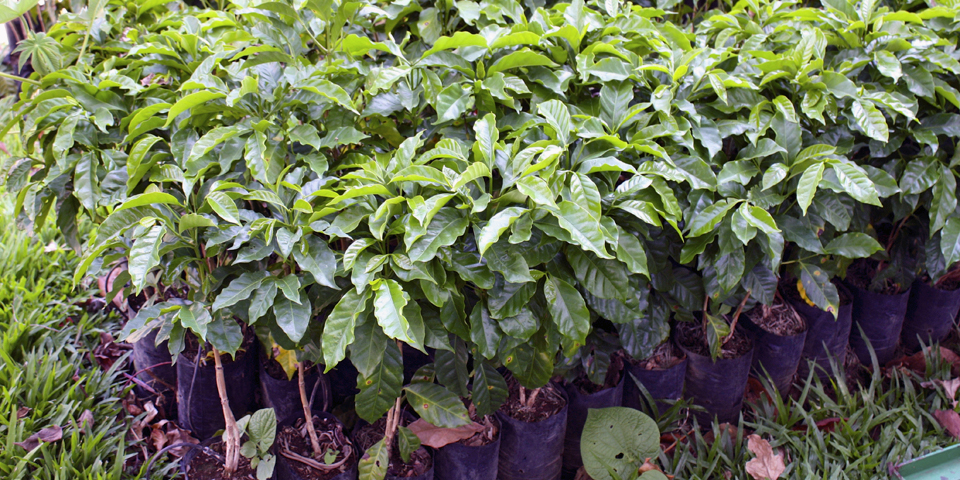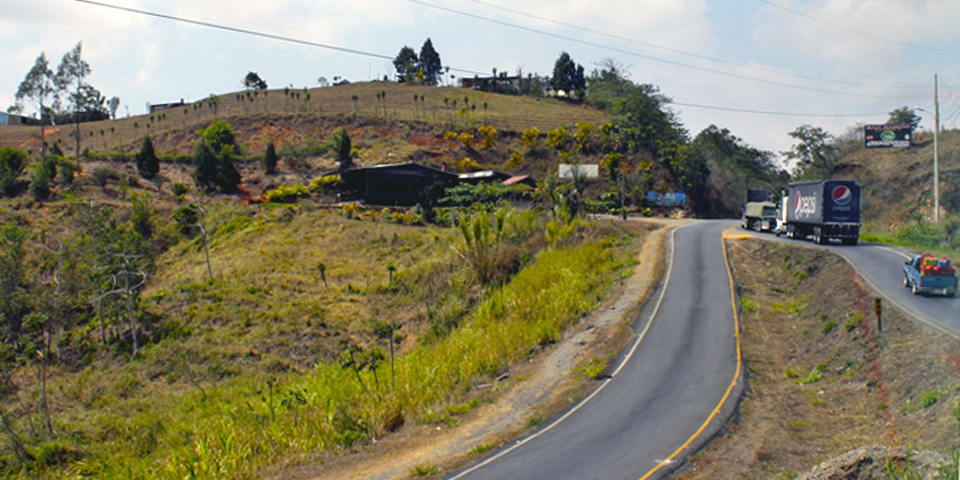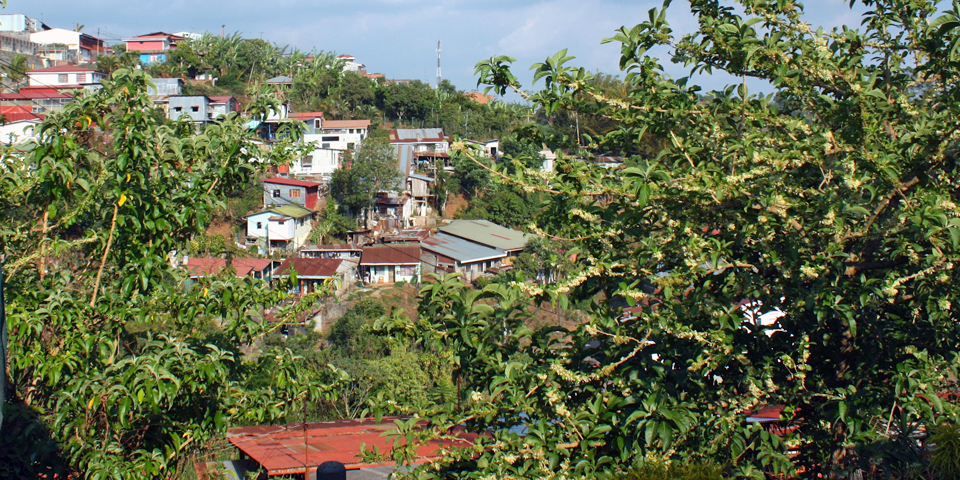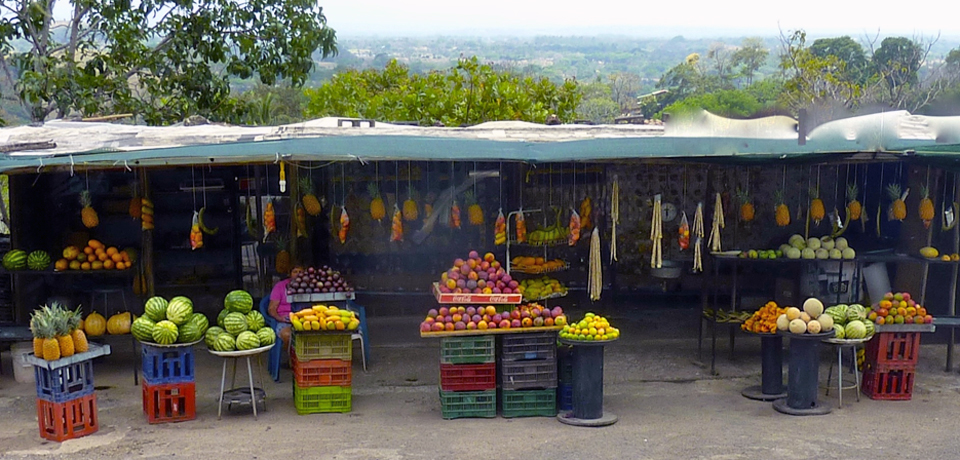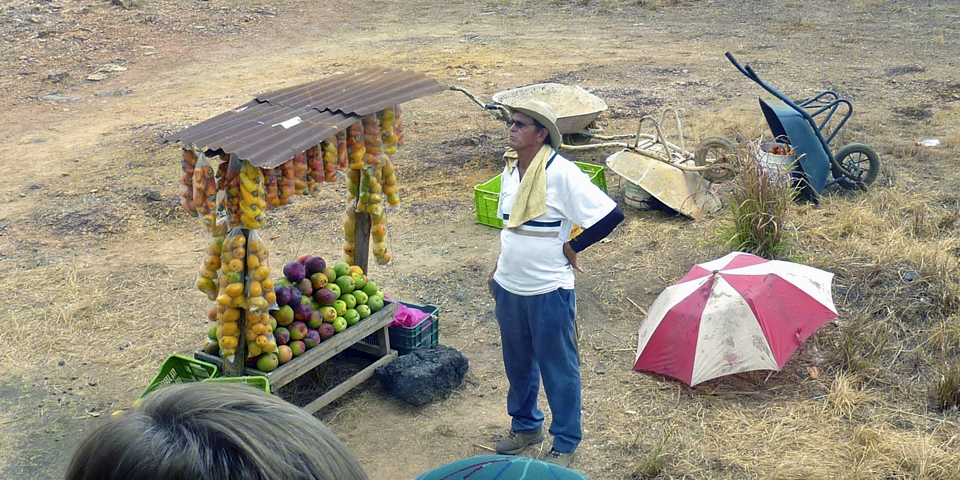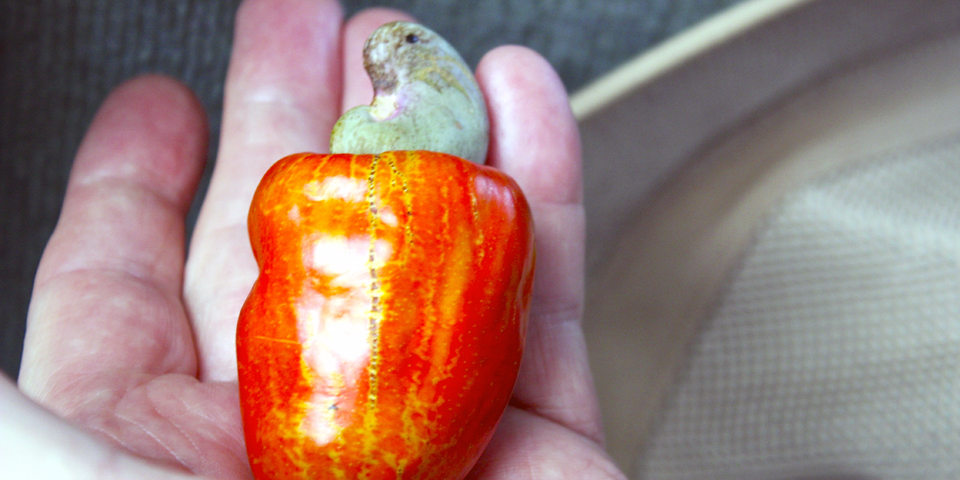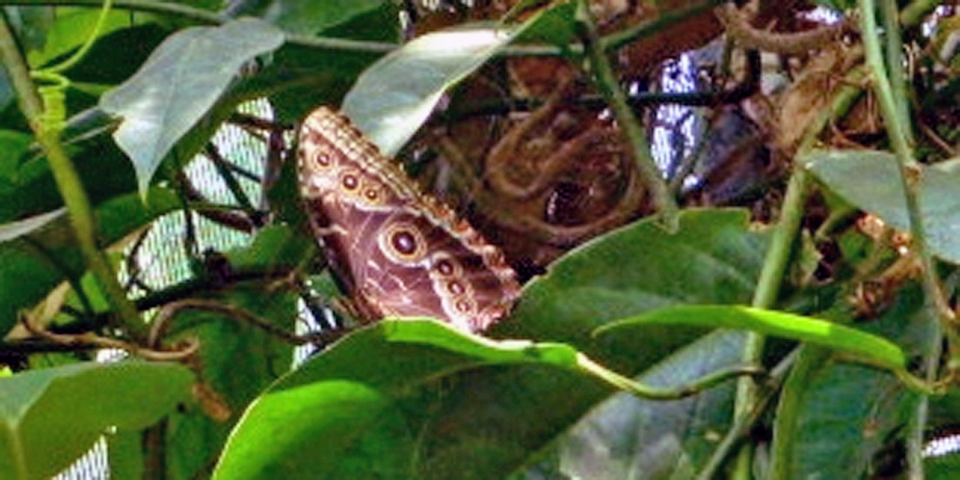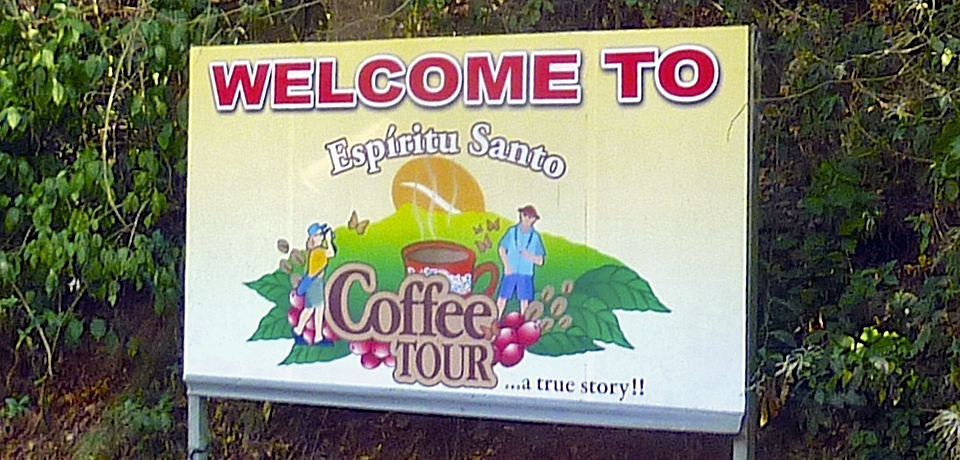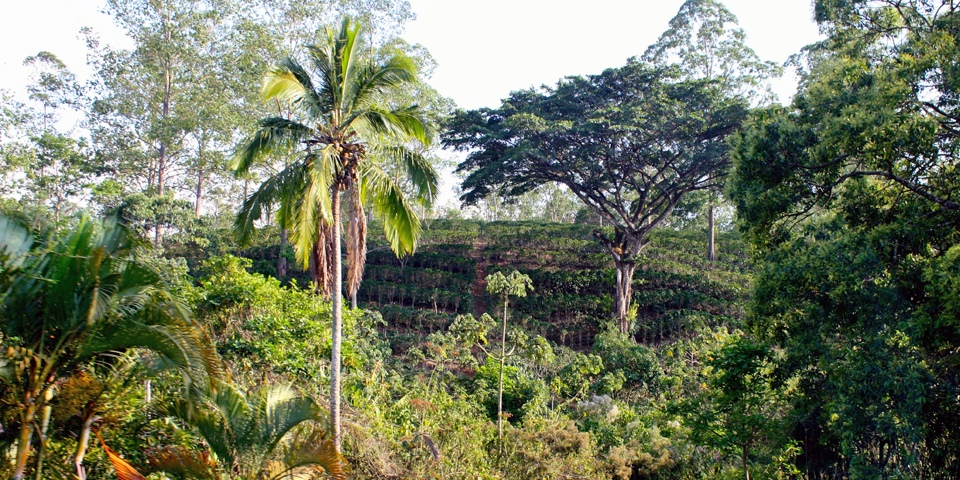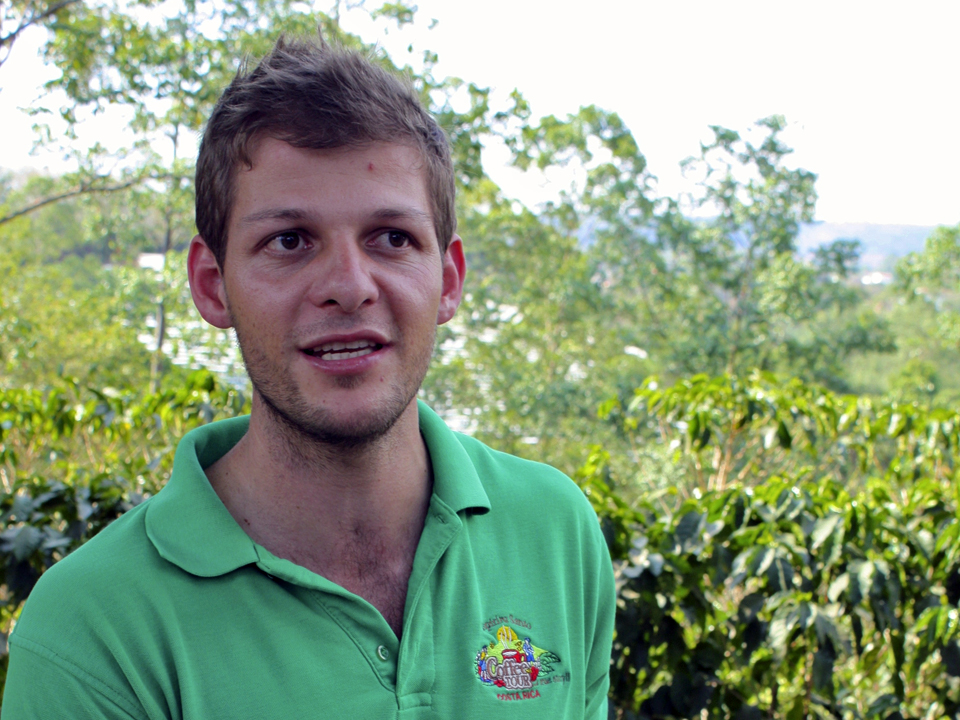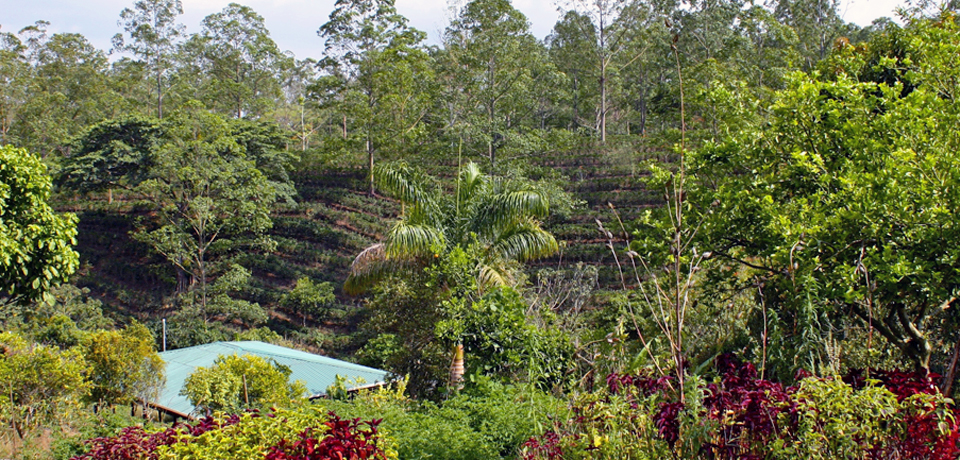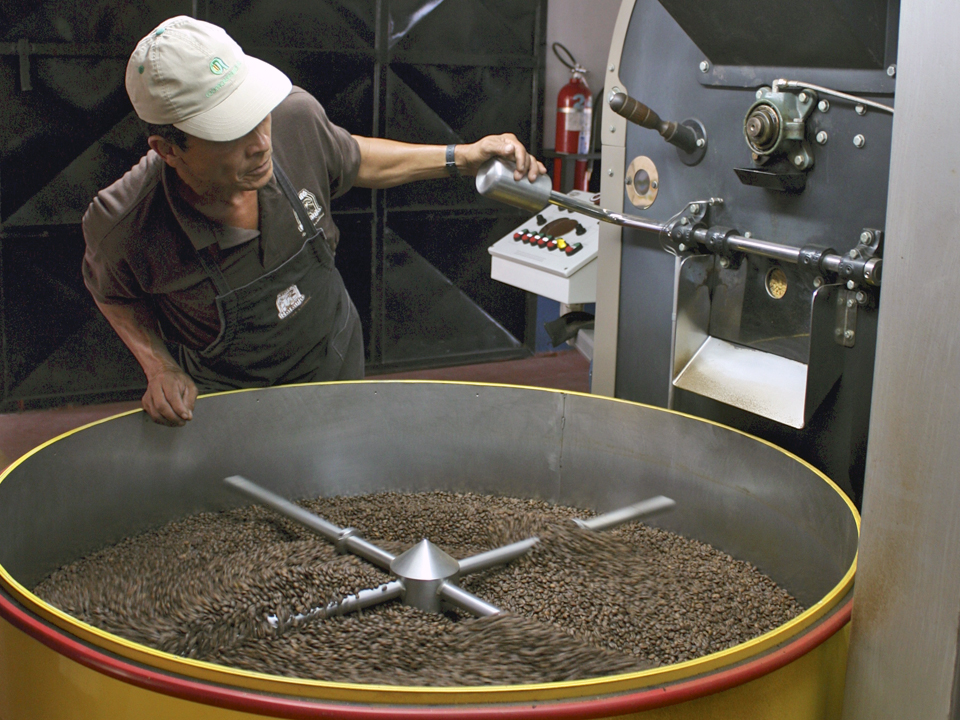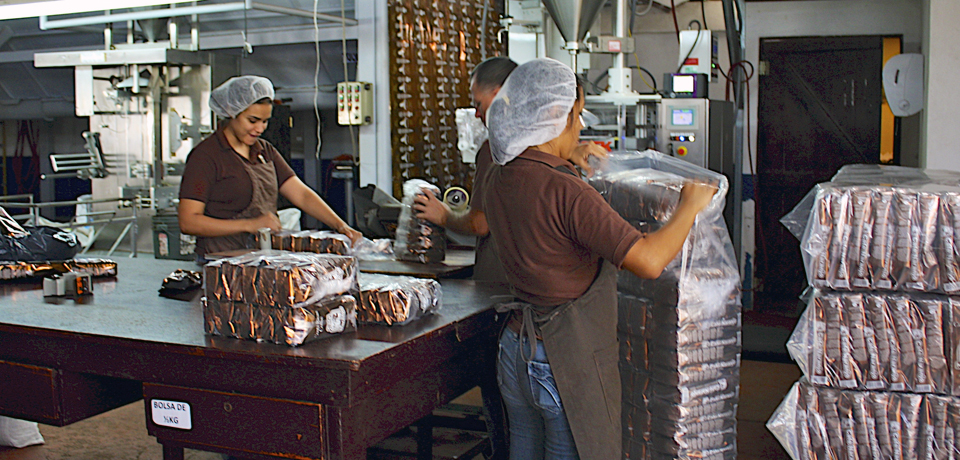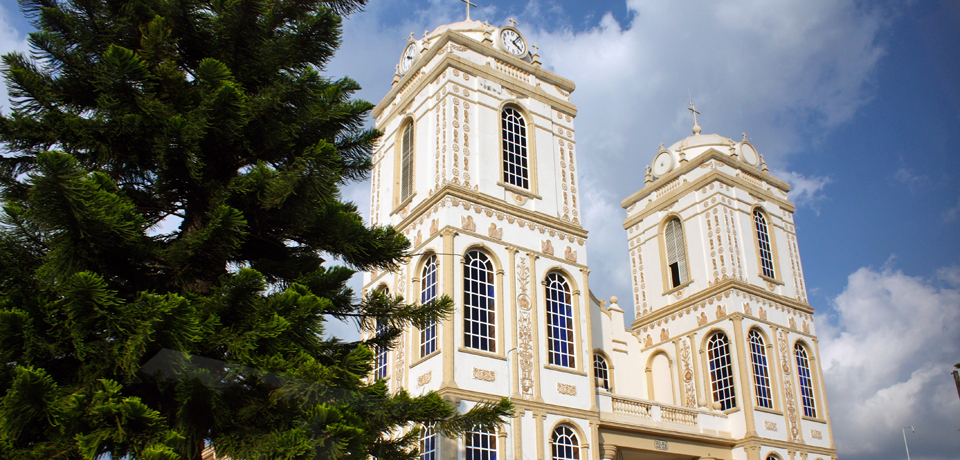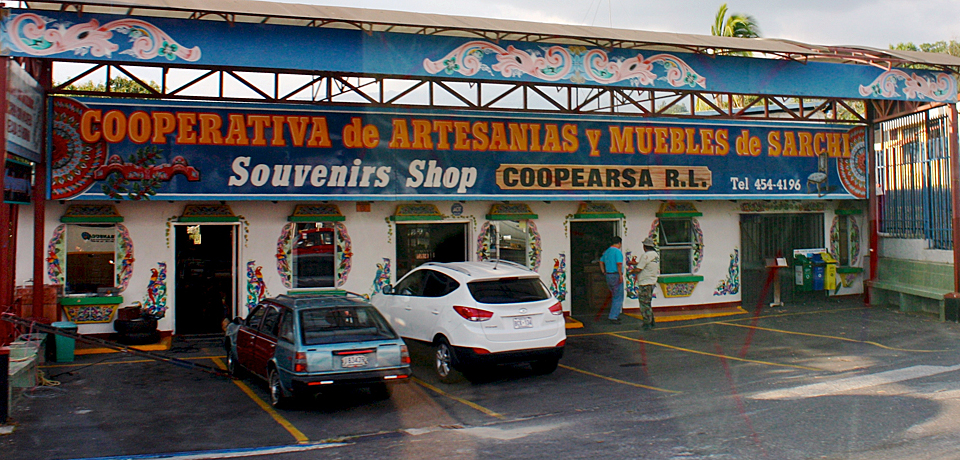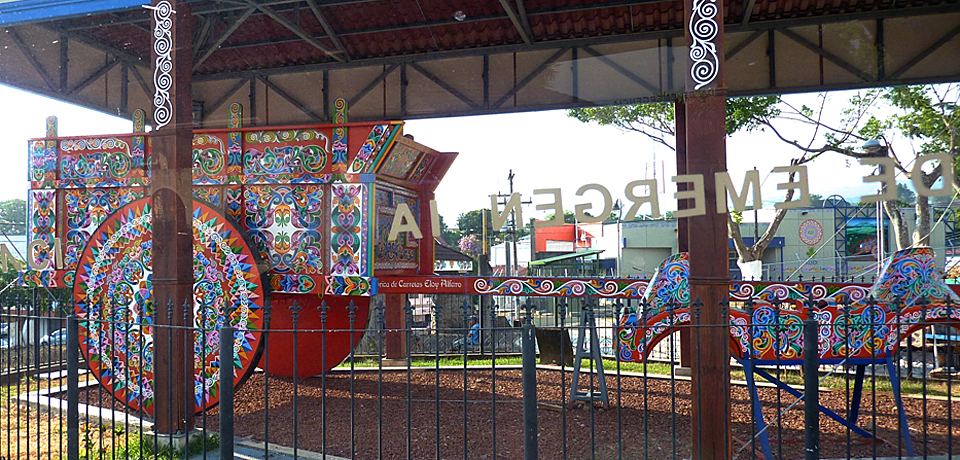A day in port in Costa Rica
Puntarenas, Costa Rica was one of our ports of call as we made our way from Los Angeles to the Panama Canal aboard Cunard’s Queen Elizabeth. This city had its heyday as Costa Rica’s busiest port when coffee was brought here by oxcart to be shipped to Europe.
The “golden bean” was discovered in Costa Rica in the 19th century. Its popularity in Europe made it a major export and source of wealth. It took half a year to transport it from the Pacific coast to England.
After the railroad was completed in 1890 from the capital, San Jose, to Limón, coffee was shipped from Costa Rica’s Caribbean side. The railroad, together with the Pacific coast container port built in Puerto Caldera, led to Puntarenas’ decline. There is a touristy walkway of restaurants and souvenir shops, but the day is better spent with an excursion elsewhere.
A bit about Costa Rica
- Costa Rica is Spanish for “rich coast”, an appropriate name for a country with such biodiversity. Costa Rica is known for its national parks, rain forests, and concern for the preservation of nature. Its environmental policies are renowned and it has been named greenest country in the world. Ecotourism has made it the most visited country in Central America.
-
coffee bag with Rainforest Alliance logo, Espiritu Santo Coffee Plantation, Costa Rica
- Christopher Columbus was here in 1502. Spanish conquerers followed, ruling here from the 16th century until Costa Rica, like the rest of Central America, became independent in 1821. Costa Rica has since enjoyed the stability of being the only country in Central America not involved the cycles of civil war.
- Most of the population is of Spanish descent. Others include Jamaican descendants of people who came to work in banana plantations or railroads in 1800s. Spanish remains as the official language, but English is widely spoken.
- The Republic of Costa Rica is a country in Central America between Nicaragua and Panama that is a little smaller than the state of West Virginia. This geologically active region was once under water and rose to create a land bridge between North America and South America.
- Just 10 degrees north of the equator, and with twelve hours of daylight and a tropical climate year round, its plants thrive and grow to immense proportions. Seasons are defined by rain, Summer, the dry season, runs from December through April. Winter, the wet season, is May through November.
- There are 112 volcanoes, 110 on the mainland and 2 on an island, that divide the country in half. While the wet east side has palm trees and swamps, the drier west side has tropical forests. Beaches have black volcanic sand, except in the northwest, where the sand is white. Many Americans and Canadians live in the drier northwest region.
- Costa Rica is one of the most prosperous and progressive of the Central American countries. As one of the few countries in the world without the wars and political unrest, there is no standing army. Resources are dedicated to education and a stellar health care system.
- Home health care workers go door-to-door, and medical tourism is up, especially for dental work, knee replacement, and plastic surgery. Costa Ricans rank higher in life expectancy, 77.4 for Ticos (men), 80 for Ticas (women), in education, and in income than their neighbors. The crime rate is low. It is also the most expensive country in the region.
- There’s a slower rhythm of life. Questions on when things will happen are often answered with “arreta” (soon) and a smile.
“Pura Vida” translates as “pure life” and used to mean “full of life” or “this is living”. It describes the lifestyle, and is used as an expression for hello or goodbye or a response to how things are going.
Today, bananas and tourism are the largest industries, followed by coffee.
Coffee and countryside
We chose a tour that took us along the Pan-American highway and through the countryside to see a coffee plantation, Espíritu Santo. The climate changes with elevation, and even here in the tropics, the mountainous region where coffee grows remains around about 75 degrees Fahrenheit year-round.
With no snow or other reason for a heavier construction, houses and other buildings here have tin roofs.
We passed a river where, we were told, 21’ crocodiles — the largest anywhere — thrive.
With such an abundance of tropical fruits, there were many selling stands along the way.
Trees were laden not only with familiar tropical fruits like mangos, but also cashews.
Cashews, everyone here knows, are not nuts in a shell but the fruit of the cashew tree.
Just one grows on each oval-shaped “cashew apple”, which are sold by the bag alongside other fruits at roadside stands. It is the red fruit that is eaten by locals. It must be roasted to release its toxins and, we were told, and when the seeds are put in the fire they pop like popcorn.
The rest room stop in both directions was, of course, also a gift shop, and this one sold local products like coffee varieties, liquor, wooden carvings,woven bags, and mini oxcarts. The exterior was painted with murals of the days of the oxcart and there was a butterfly garden out back.
Costa Rica has more varieties of butterflies than in all of Africa, and we spotted several of our favorite, the Blue Morpho, so named for its brilliant blue upper surface of its wings. It closes its wings while at rest, revealing only the brown underside that adds camouflage protection, confuses predators, and makes photographing the magnificent blue wings challenging.
Espititu Santo Coffee Plantation
Neat rows of coffee plants flourish in the volcanic soil and abundance of sunlight and rain on the steep slopes. as we neared the Espirito Santo Coffee Plantation for our tour.
“Hello, muchachos!” was the cheerful greeting of our guide, José, who was quick to point out the many posters touting the health benefits of coffee. Costa Rica produces about 1% of the world’s coffee, he said.
He had picked coffee as a child alongside his whole family. He claimed he could pick twenty baskets a day when he was 8-10 years old, but preferred the job of tour guide. This arduous work is now primarily undertaken by Nicaraguans.
Coffee plants must be pruned every three years, are in their prime for about 18 years, and may last up to thirty years. Slopes on which the plants grow are too steep for tractors, so picking and replanting is strenuous work.
We saw how coffee is peeled, selected, dried and stored before watching roasting machines in action.
Our visit was topped off by a lesson tasting for good coffee. One tip José told us: Medium roast is the best choice. More roasting conceals defects.
Sarchi
We returned to the Cunard’s Queen Elizabeth through Sarchi, an town known for its handicrafts and painted carreta, or ox carts, used in the 19th century to as family transportation and to bring hand-picked coffee beans to market. Farmers began to paint them in bright colors. Increasingly complicated and prestigious designs were added.
Sarchi’s bridges and buildings are decorated in the same sort of decorative designs. This is also the place to buy decorated and carved furniture, sculptures, and other souvenirs. Joaquin Chaverri Oxcart Factory, the oldest and best known producers of this national symbol, is in located here.
Other excursions were designed for shoppers, but our motorcoach passed through just long enough for us to catch a glimpse of the area and the world’s largest oxcart through the coach windows. This 42’ long oxcart was built in 2006 to put Sarchi in the Guiness Book of World Records.

